Ichthyophthirius Multifiliis: The Hidden Threat to Freshwater Aquariums
Have you ever come across Ichthyophthirius multifiliis? This tiny organism, commonly known as "Ich" or freshwater white spot disease, is a cunning parasite that can cause havoc in aquariums across New Zealand. With its ability to spread rapidly, it poses a significant threat to the well-being of fish populations, leading to widespread illness and, in some cases, even death. As aquarium enthusiasts, it is crucial for us to stay vigilant and take necessary measures to prevent and control the outbreak of this detrimental condition.
So, what exactly is Ichthyophthirius Multifiliis? It's a microscopic parasite that belongs to the Protista kingdom. This little troublemaker measures between 0.5 to 1 mm in size and can seriously mess with your aquatic pets. Equipped with tiny hair-like structures called cilia, it moves around and feeds on fish. It latches onto their bodies using a special cell structure called a haptor, causing all sorts of health problems.
To understand this parasite and learn how to overcome it, we have to talk about the Ichthyophthirius multifiliis' life cycle. Once mature parasites detach from their host, they form protective cysts on the tank substrate. Within these cysts, they undergo multiple divisions, giving rise to hundreds of infective theronts. These theronts burst out of their cysts, seeking new hosts to continue their life cycle. They latch onto fish, transform into trophonts, and cause damage to the host fish, completing the life cycle.
Are you sure it is Ich
Ich and Epistylis are common freshwater aquarium fish parasites that can cause discomfort and health risks. Ich, also known as "white spot disease," appears as small white spots on the fish's body and fins, while Epi presents as a cotton-like growth. Treatment methods differ for each parasite, but prevention through regular water changes and maintaining good water quality is key. Prompt treatment is important to prevent spread and protect the fish's health. Incorrectly treating Epi with a medication specifically meant to be used against Ich can only make matters worse which is why it is important to be certain of the problem at hand.
How does Ich spread?
White spot disease, also known as Ich, typically occurs when fish come into direct contact with infected fish or contaminated water. Affected fish develop minuscule white spots that look like grains of salt on their skin, gills, and fins. It's important to stay vigilant for signs such as sluggishness, loss of appetite, rapid gill movement, and erratic swimming behaviour. If left untreated, Ich can have devastating consequences, leading to significant mortality rates among our finned friends. So, keep a watchful eye and take action straight away to ensure their well-being!
Treatment and prevention.
When it comes to dealing with parasites in fish, chemical treatments such as Wunder Tonic can be effective but may cause stress to the fish
. Wunder Tonic is a general cure and will assist in other issues such as fungus, fin rot and mouth fungus. This is a good choice when not 100% certain you are dealing with ich. Using other more specific options like salt or the heat method can be dangerous if you are not completely 100% certain that you are treating ich and not something such as Epi. It's important to note that these treatments may not eliminate all stages of the parasite's life cycle. That's why taking preventive measures is crucial. To learn more about using this particular product, click
here.
To maintain optimal aquarium hygiene, it is good practice to perform regular water changes, avoid overcrowding, and quarantine new fish before introducing them to an existing tank. By following these measures diligently, you can significantly reduce the risk of an Ich outbreak. If you are treating an infected aquarium, ensure that you avoid using nets or any other equipment that has been in contact with non-infected aquariums. Taking these precautions will help keep your aquatic friends healthy and thriving!
Remember, Ichthyophthirius multifiliis is a formidable foe for any fishkeeper in New Zealand. But armed with knowledge about its biology, life cycle, and effective prevention strategies, you can ensure a safe and healthy environment for your aquatic friends in your aquarium.

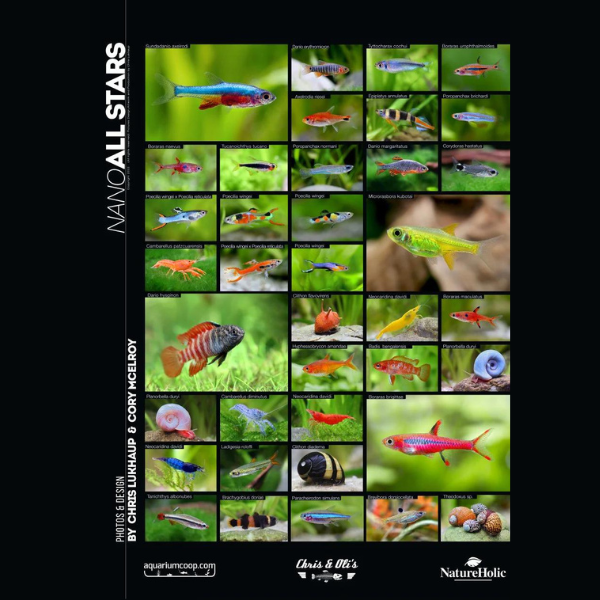
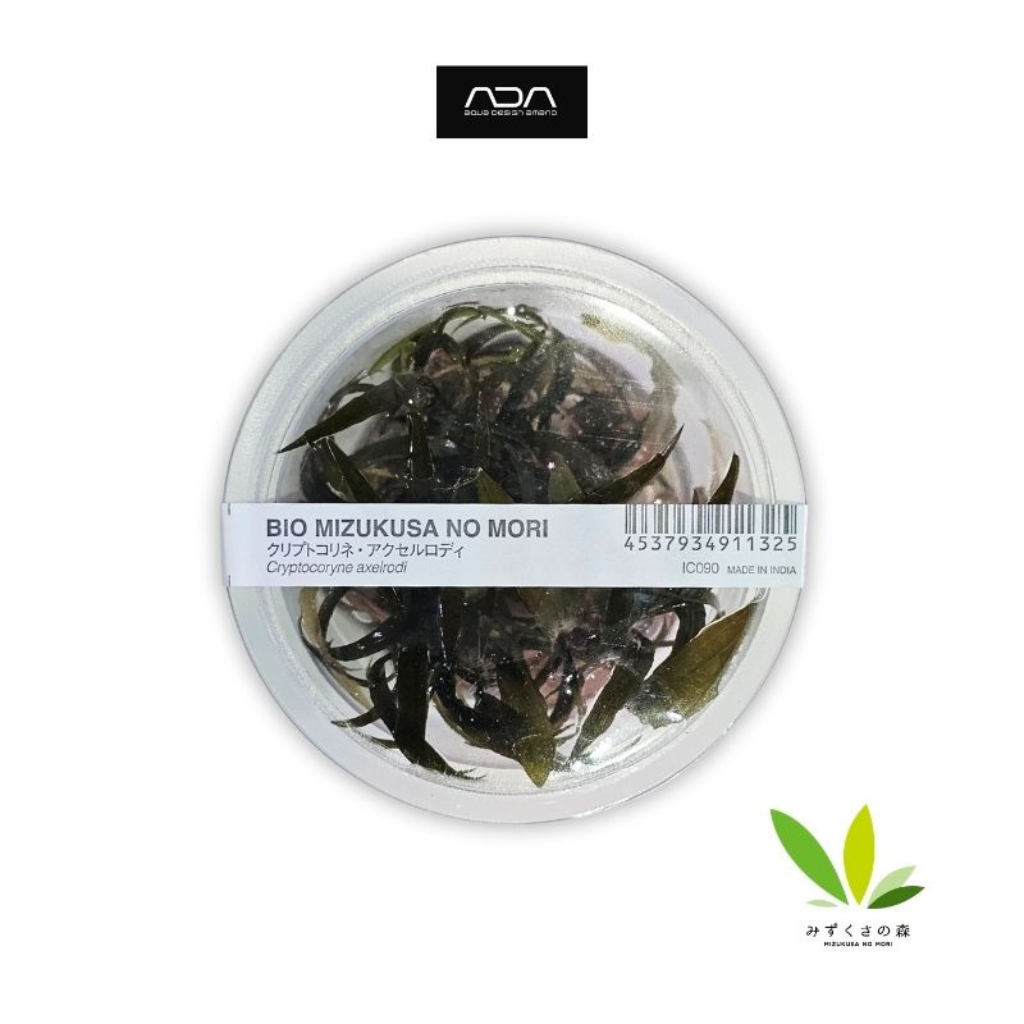
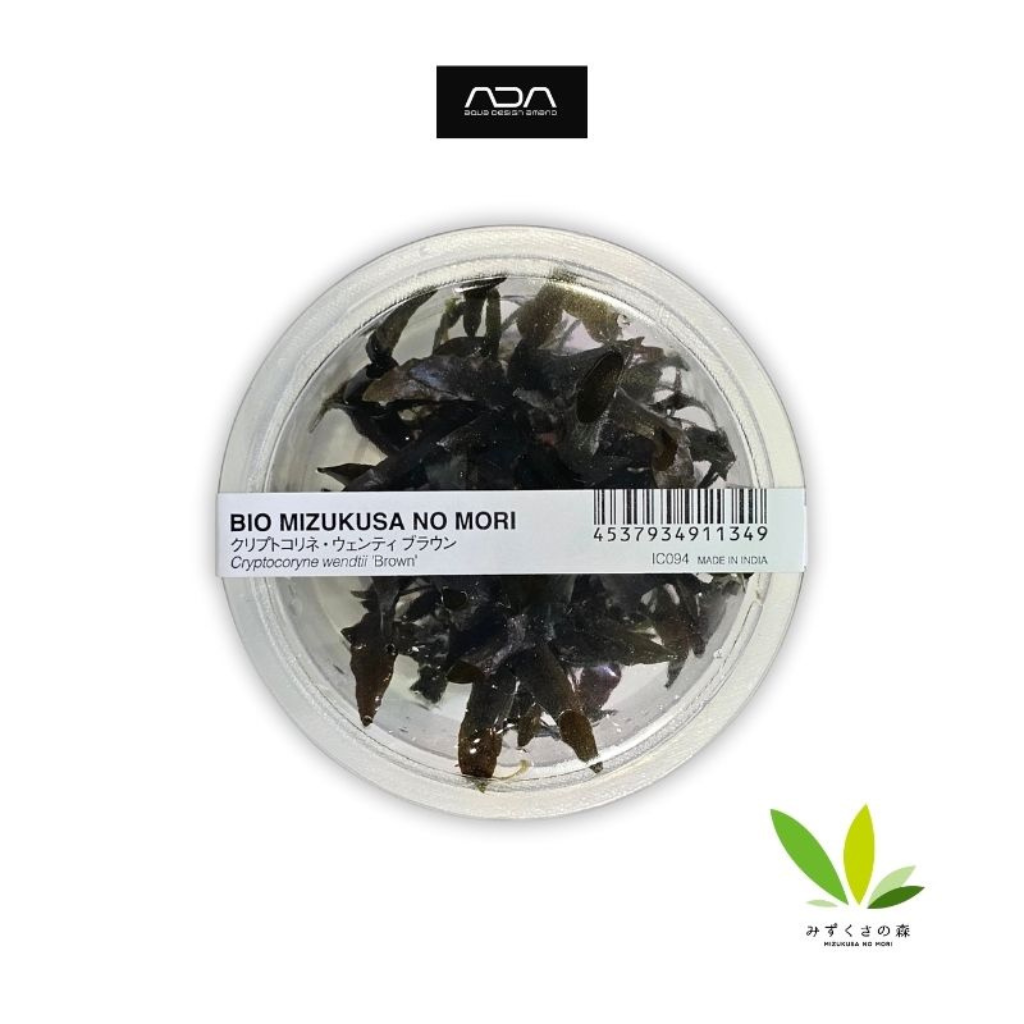
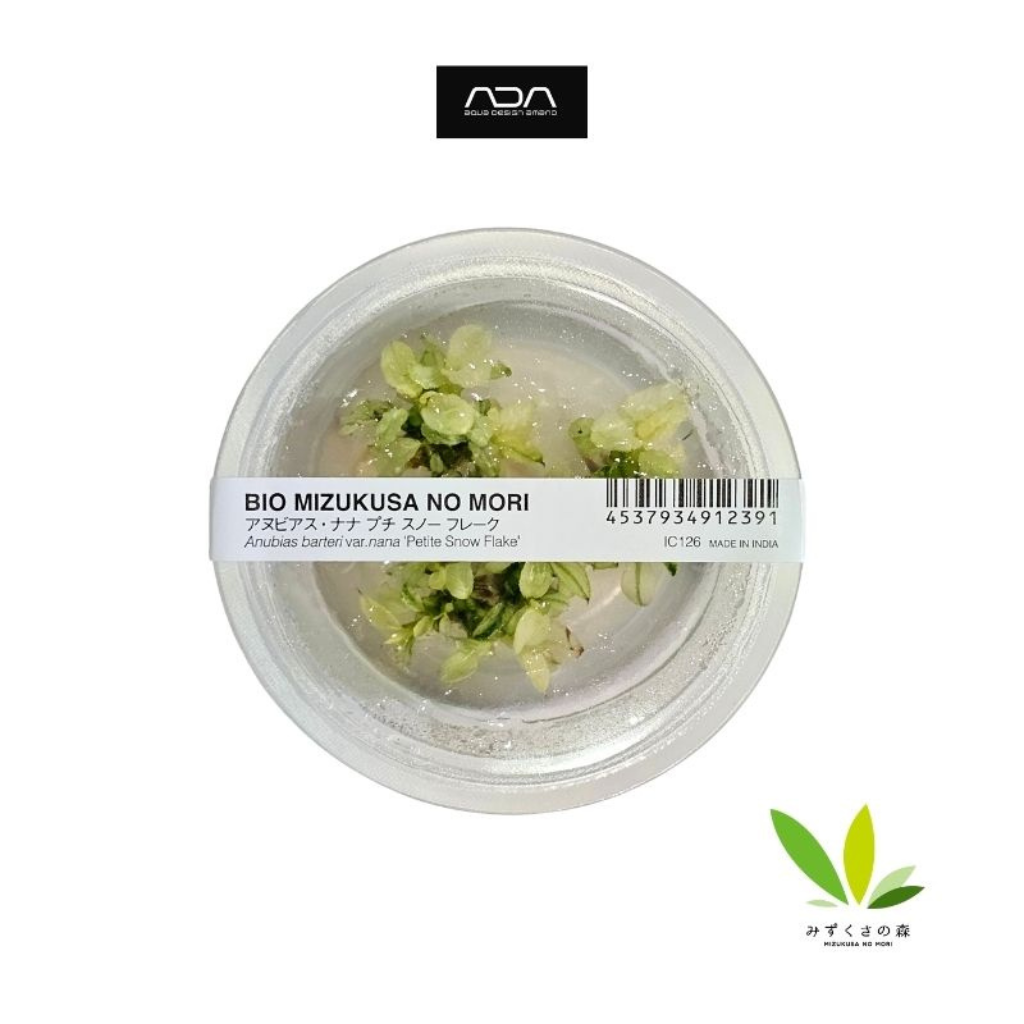






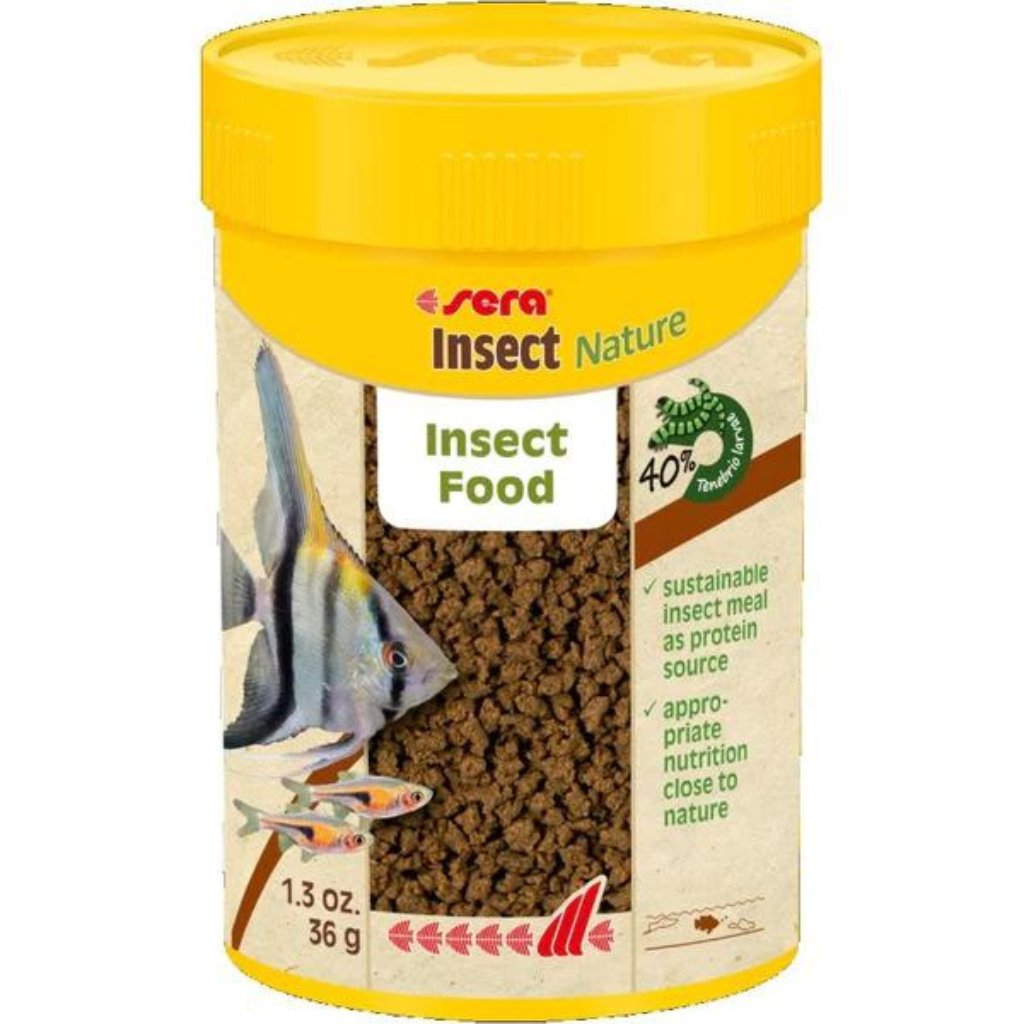

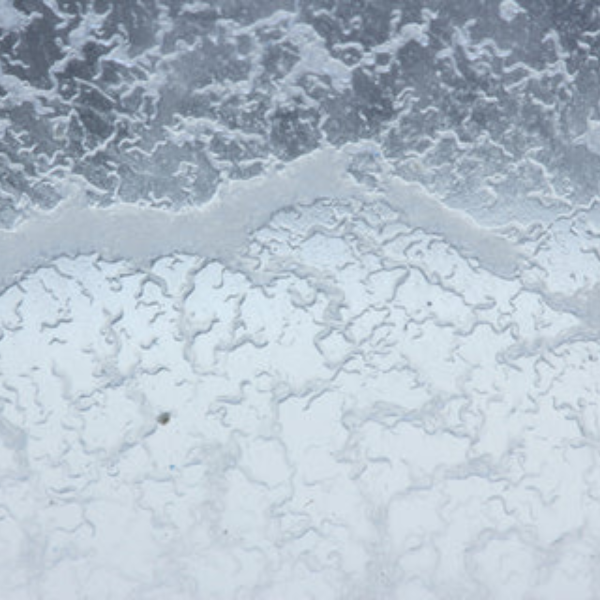
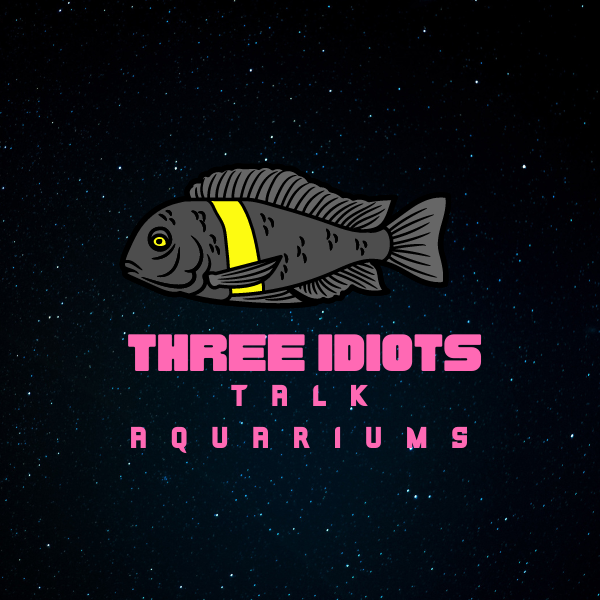
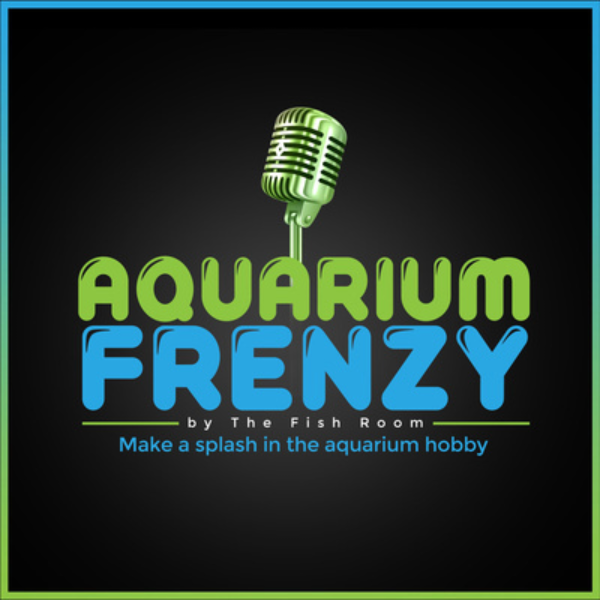

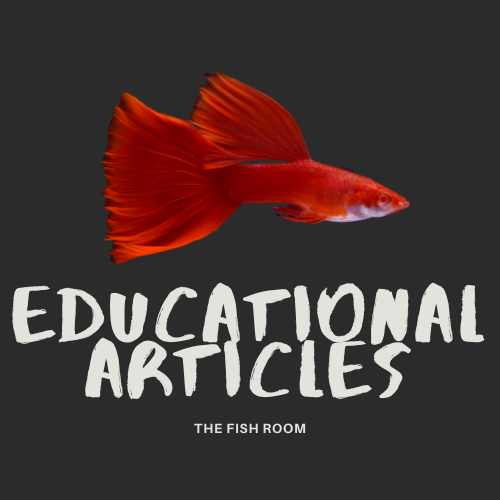

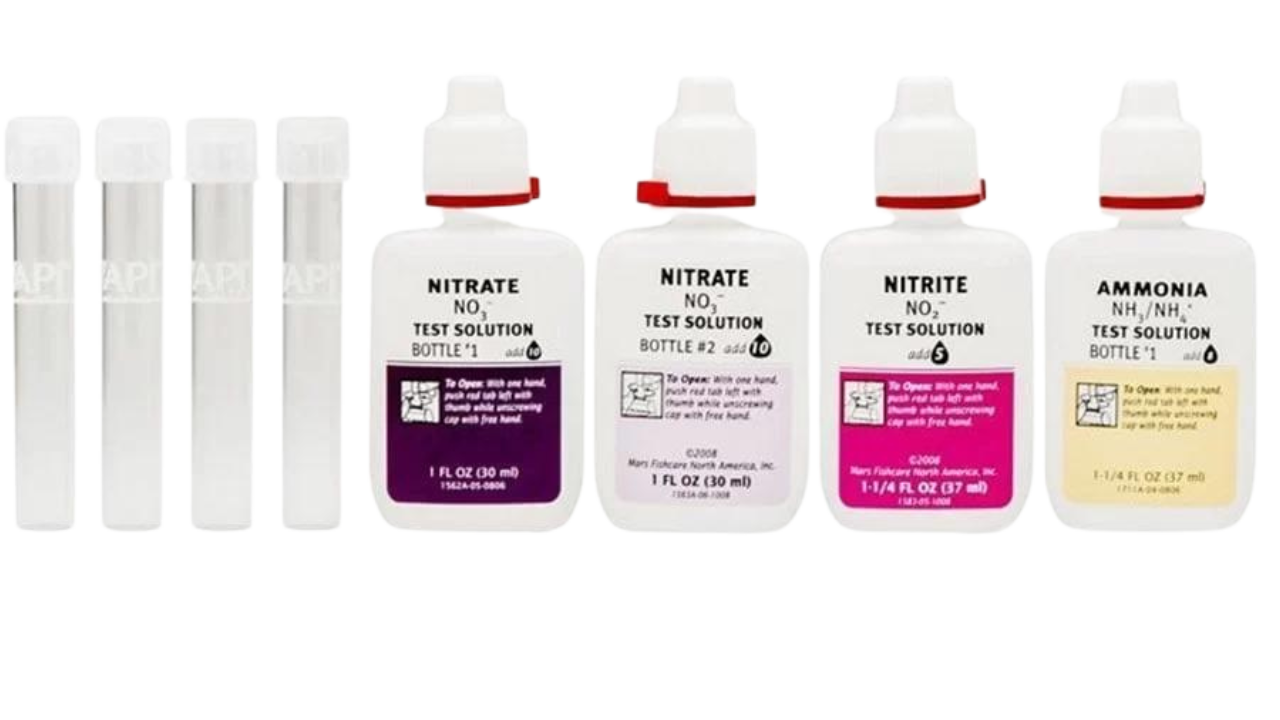

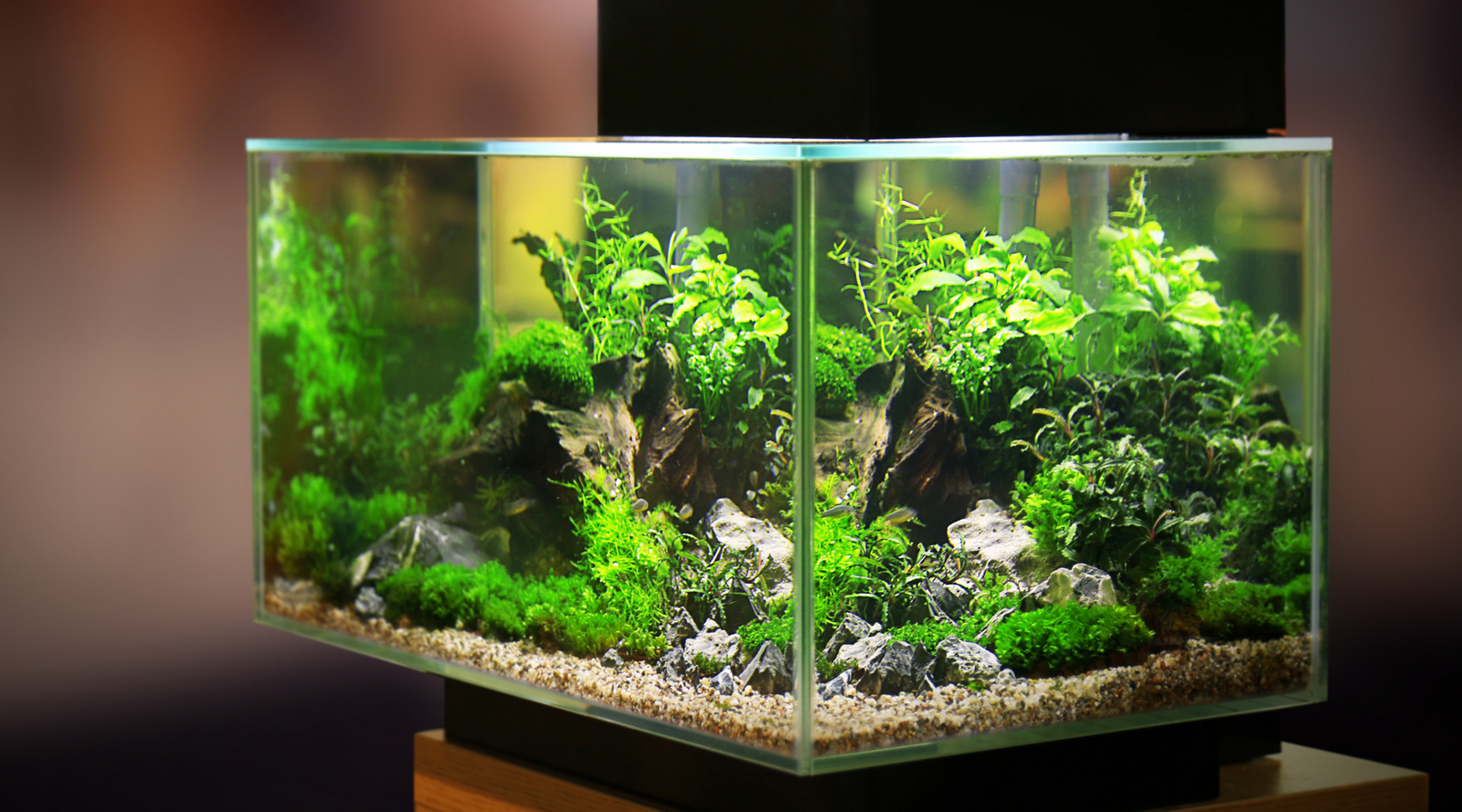
Grant Rogerson
January 14, 2024
I see comments everyday about ich and there is a lot of confusion about best methods to treatment. Whilst your article is good explaining what ich is and simplest way of treating, you have not explained what the most dangerous part of the life cycle is or the use of heat to help cure the tank. Tropical fish hobbyist have a really good article on ich. When I last had to treat a tank for ich (over 40 years ago), I raised the temperature to speed up the life cycle and used methylene blue as a disinfectant to kill the theronts before they find a host. Since then I keep my tank temps at a minimum of 26°c and have never had ich again. Also when buying fish, always check their health before you even buy them. I hope this helps clarify some important points with preventing and treating ich.